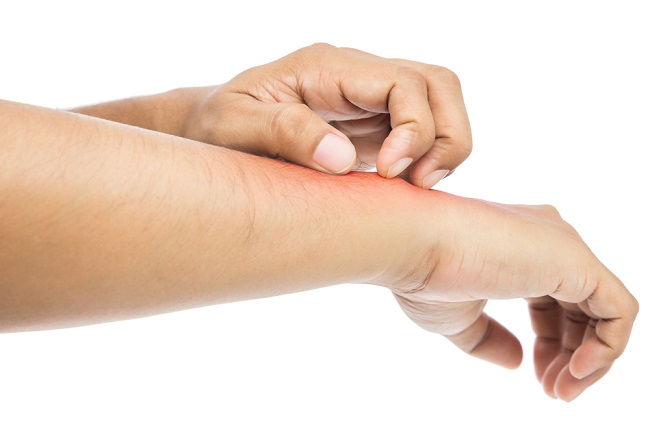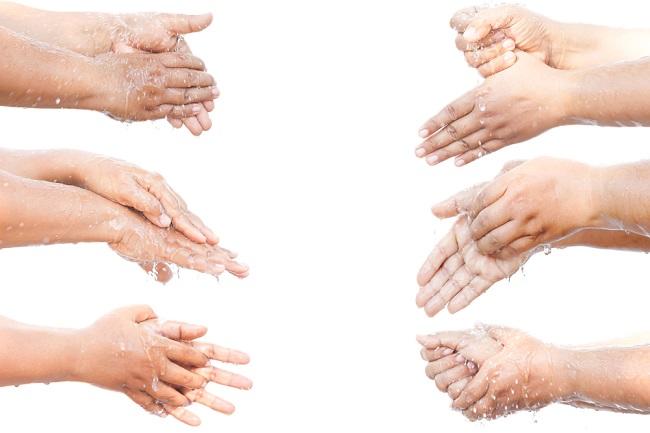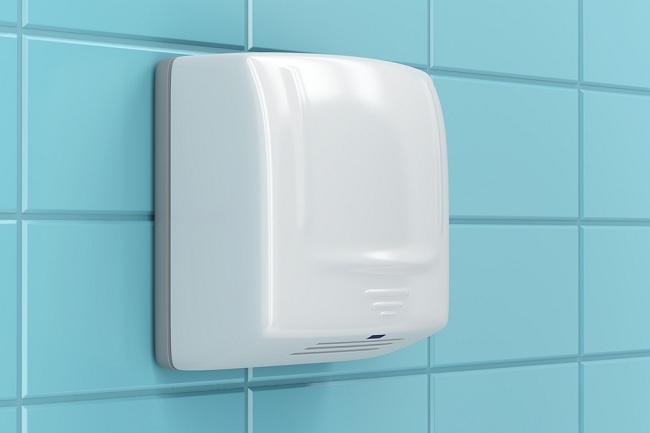Every woman is born with one pair of breasts on the right and left sides of the chest. Although both look the same, many women are aware that their breasts are different. Actually, is it normal if the breast shape is different?
Between the right and left sides, the shape of the breast can be different, both in terms of size, shape and diameter of the nipple, the position of the nipple, or the texture of the skin. This difference can be caused by several things, including birth, body fat levels, the number and content of the mammary glands, hormone levels, or certain diseases.

Different Breast Shapes Are Generally Normal
Breasts that are different in shape or one-sided are generally normal and nothing to worry about, especially if this has happened since childhood and there are no other accompanying complaints.
Likewise with the shape of the nipple that is different left and right. One nipple may be flat or curved inward, while the other nipple may protrude as usual.
There are many factors that can cause the size and shape of the breast to differ from one side, including genetic factors, trauma to the breast, hormonal changes during menstruation or pregnancy, to the habit of breastfeeding more on one side only.
In addition, the difference in one breast can also be caused by abnormalities in breast development at puberty, such as:
- Hypoplastic breasts or hypoplastic breasts, which is when the tissue in the breasts doesn't develop properly during puberty
- juvenile hypertrophy, that is when one breast grows much faster than the other
Even so, generally this disorder does not cause problems and does not require specific treatment or treatment.
Characteristics of Abnormally Different Breasts
If the difference in breasts occurs suddenly and drastically, you need to suspect it as an abnormality. There are several characteristics of different breasts that you need to be aware of, namely in terms of:
1. Size
The difference in abnormal breasts can be seen from the very different sizes between the right and left sides. This can be caused by atypical duct hyperplasia (ADH), which is a condition when the mammary glands grow more than normal.
ADH is not cancerous, but this condition has a greater potential to become cancer. Breast size that is very different between the right and left can also be a sign of breast cancer, especially if accompanied by pain.
2. Nipple position
Ideally the position of the nipple is located in the center of the breast and is in a straight line with the nipple of the other breast. The position of the nipple will also remain parallel even if the position of the breast is raised or lowered. However, abnormalities in the breast can make the left and right nipples misaligned.
3. Skin
Breast skin should be smooth and supple like the skin on other parts of the body in general. If there is a change in one of the skin of the breast, for example the texture becomes rough like orange peel, thickens, redness, heat to the touch, or even forms a wound, there may be an abnormality in the breast.
4. Texture
Normal breasts generally have a rubbery texture when massaged. If the texture of the breast feels different, for example, one feels harder or has a lump, it is likely that the difference is due to an illness.
So, if during this time the size and shape of your two breasts are slightly different, you don't need to panic. Actually many women who experience a similar condition, really. However, if the changes in the shape and size of the two breasts are very different, you need to be careful.
Sometimes these changes are not felt and are only realized when there are complaints or they are too obvious. So, it is important for you to always do BSE or breast self-examination so that you know if there are changes that occur in your breasts.
If you feel the shape of your breasts is different and you find something suspicious when BSE, immediately consult a doctor. The doctor will perform tests, such as mammography or breast ultrasound, to determine the cause and provide appropriate treatment if necessary.









